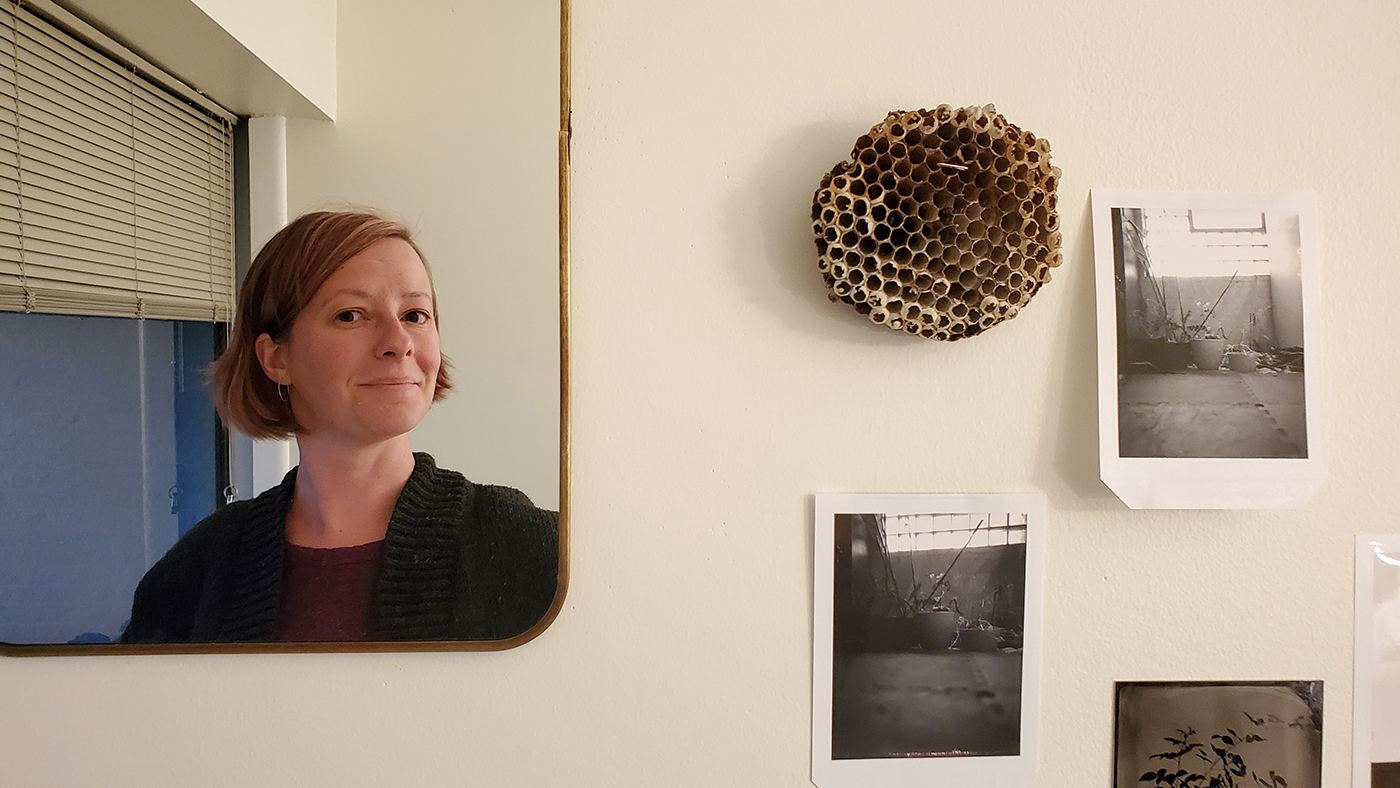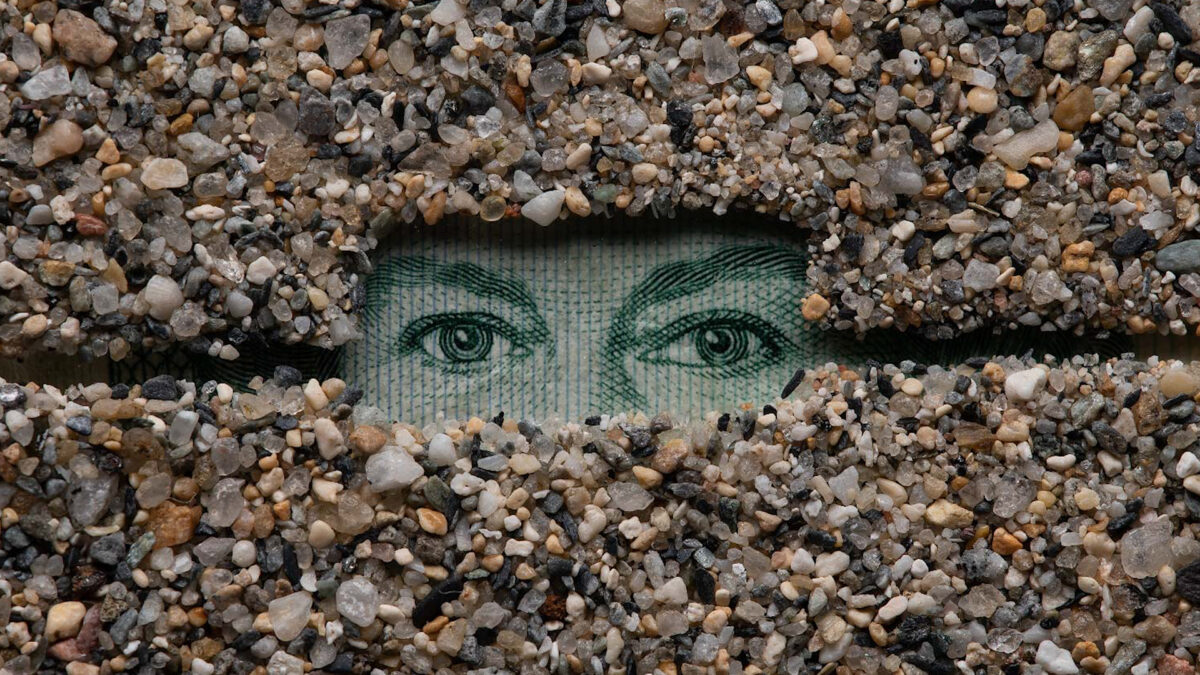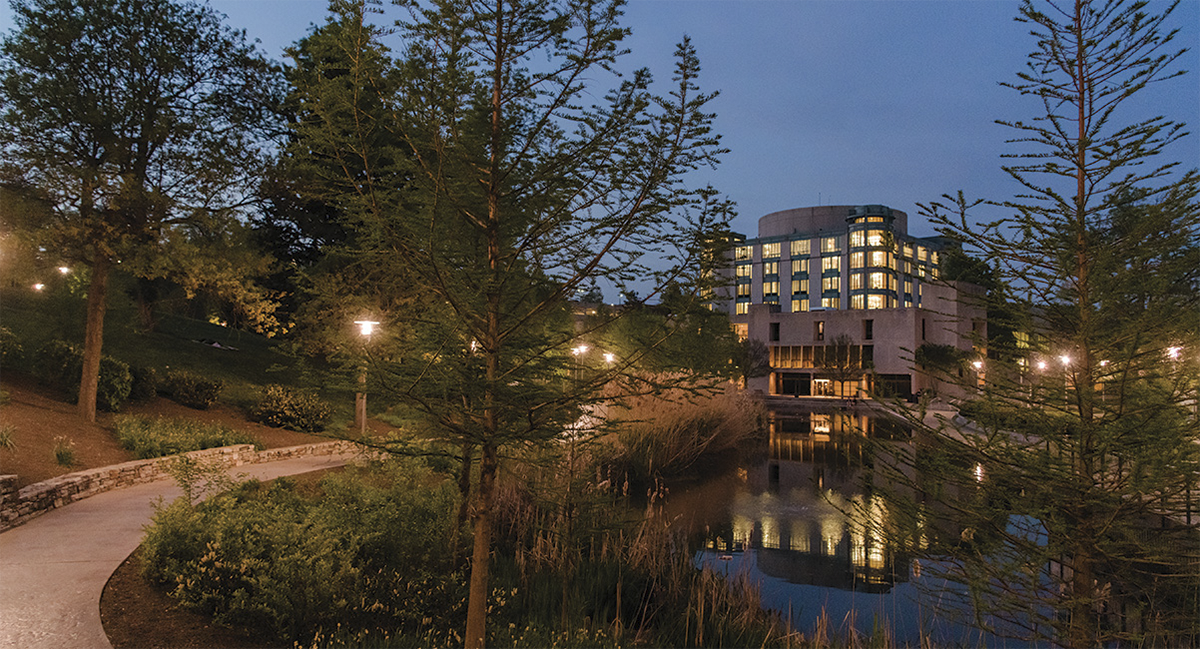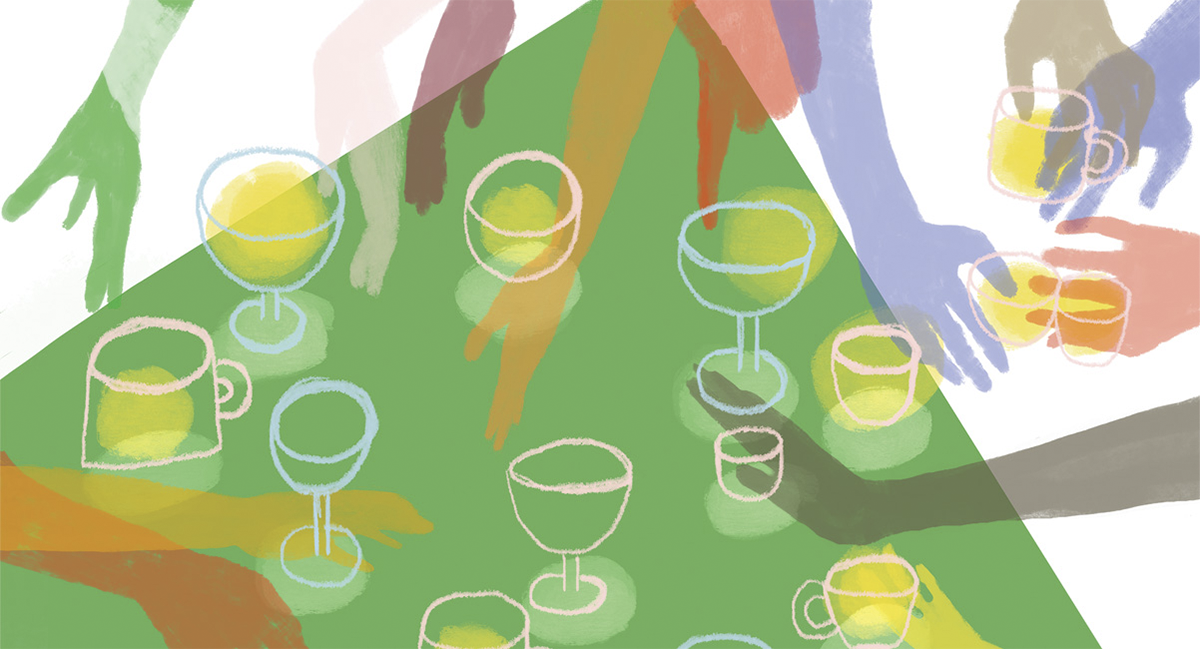Every so often, we chat with an alum about what they do and how they got there. By day, Melissa Penley Cormier, M.F.A ’17, intermedia + digital arts (IMDA), helps faculty and students at UMBC create the graphic pieces they need for presenting their research. By night, she’s building an arts practice that draws from nature and scientific processes. Here, Cormier gives us a peek into her life as an artist.
Q: Can you tell us about the type of creative work you are doing these days?
A: I love exploring different forms and processes of photography while also mixing some of the finished results and presentation with digital media. Although the current situation makes it difficult to show work and create installations, I have a small studio in the newly renovated Long Reach Village Center in Columbia that I’ve been using for a few months to test out photography, drawings, and projected works. Finding virtual ways to show art work has been a new challenge, but also this time has made it fairly difficult to fully focus on creative endeavors. As hard as it has been, I often use my work as means of allowing myself to follow interests or take time out to just look closely. So recently, my photography has centered on my garden and nature because it has been important for me to get outside as much as possible.
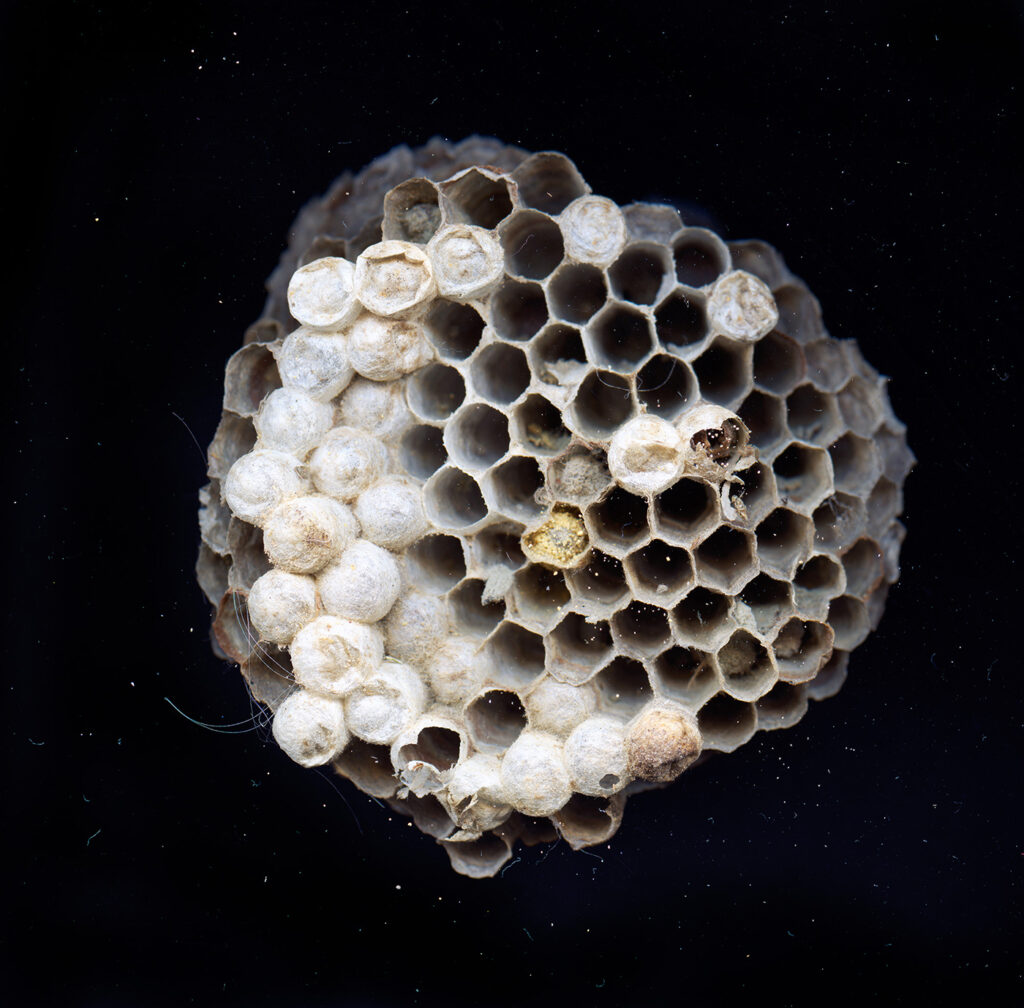
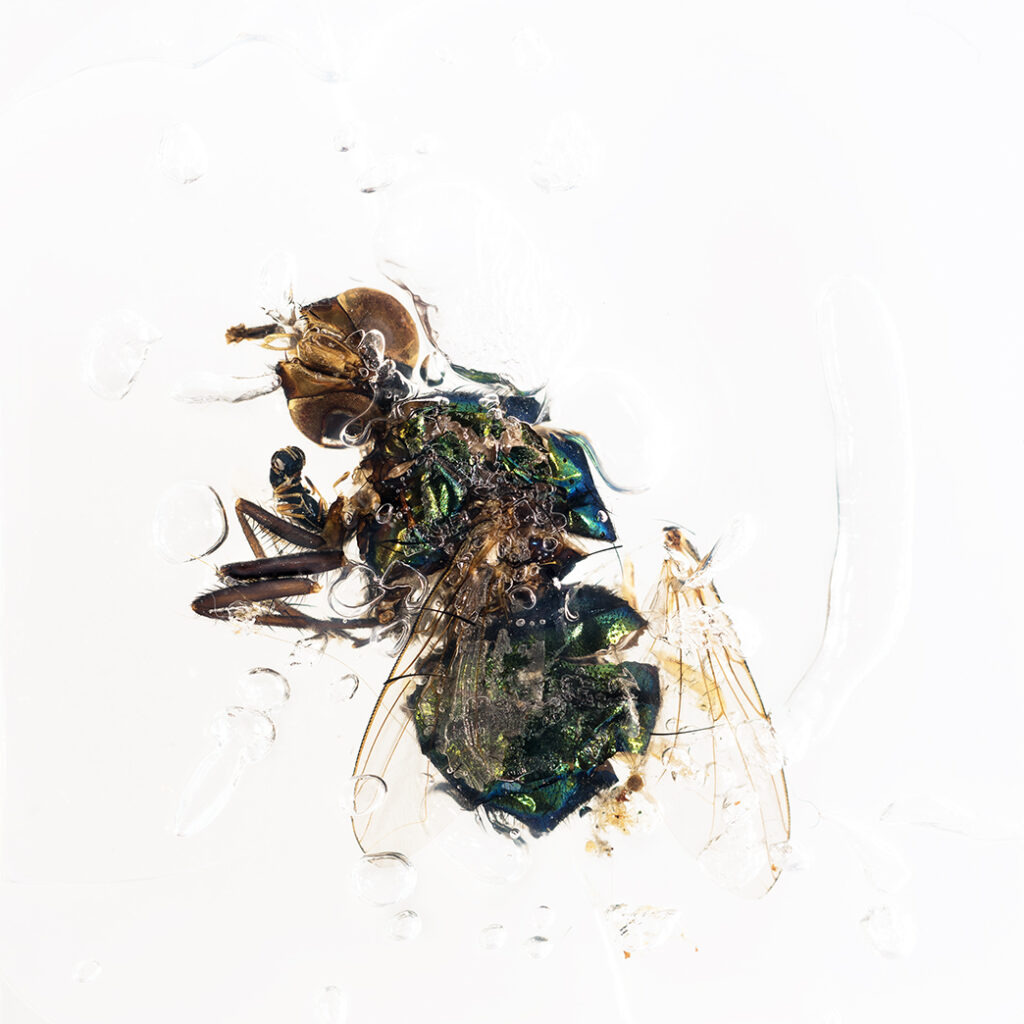
Q: I know you’re also the manager of UMBC’s research graphics office. Can you talk about any ways that position and your creative life overlap?
A: My work with the sciences really fuels my curiosity in my personal work. It’s always amazing to me to see what students and faculty are researching, and talk to them about what drives them each day. The skills that I draw upon to make their work look its very best (either by printing their work for conferences, or helping with research figures and images for publications, or even taking professional portraits for announcements or lab websites) keeps my artistic skills sharp in a way that I’m truly thankful for.

Q: Could you tell us about your experience in the IMDA program? How did it help your work grow? Is there a particular professor who was especially helpful, and how?
A: The IMDA program gave me three years and the studio facilities to explore new work in an academic setting while forging new skills and professional relationships. I have a BFA in oil painting, but needed to delve deeper into more conceptual work. My thesis committee (Dan Bailey, Calla Thompson, and Timothy Nohe) were crucial in letting me fully realize my potential for the thesis project and helped support me during the intense writing, exhibition and defense process. Because my work and my writing tend to be about process and materials as much as the concepts driving the work, it can be a little difficult to nail down, and I think without their immense insight and understanding, it would have been difficult to have it be a successful direction.
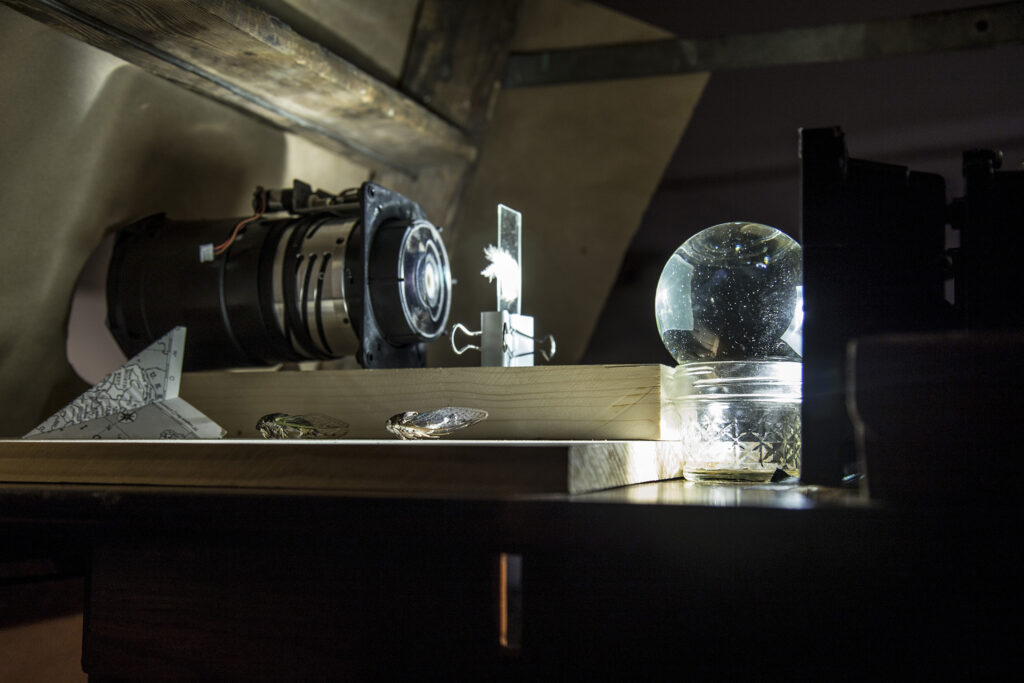
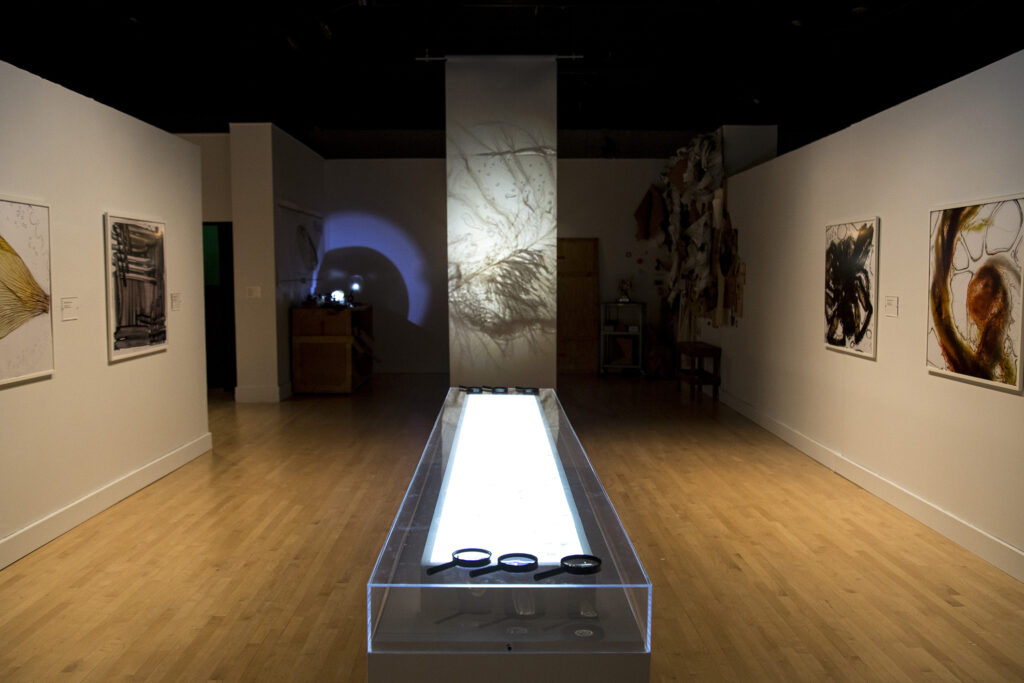
Q: What would you tell prospective IMDA students about why they should join this community?
A: IMDA is sort of like being a part of this secret club of artists who really just want to make the best work they can possibly make in three years, even if they have no clue what that work is going to look like in the end. We draw such an eclectic crowd of creatives that it encourages everyone to see their own work differently while having critical discussions with faculty and fellow grads. Attending a creative MFA program at a research university certainly sets the bar high for the level of academic rigor as well as offers the opportunity for the work to truly be interdisciplinary.
* * * * * *
See more of Melissa Penley Cormier’s work at her website or on Instagram. Header image: Self portrait with test polaroids in small mirror in the Howard County Arts Council’s Long Reach Village Center Studios. All images courtesy of Cormier.
Tags: career q&a, Graduate school, IMDA

